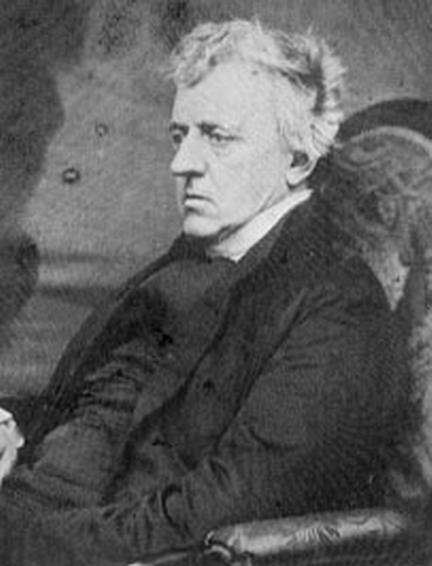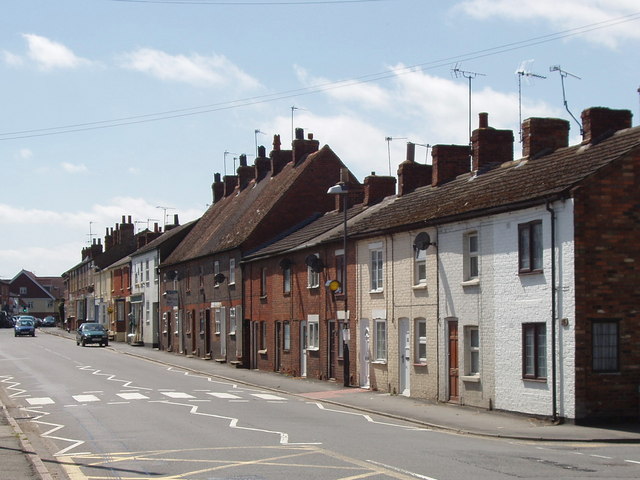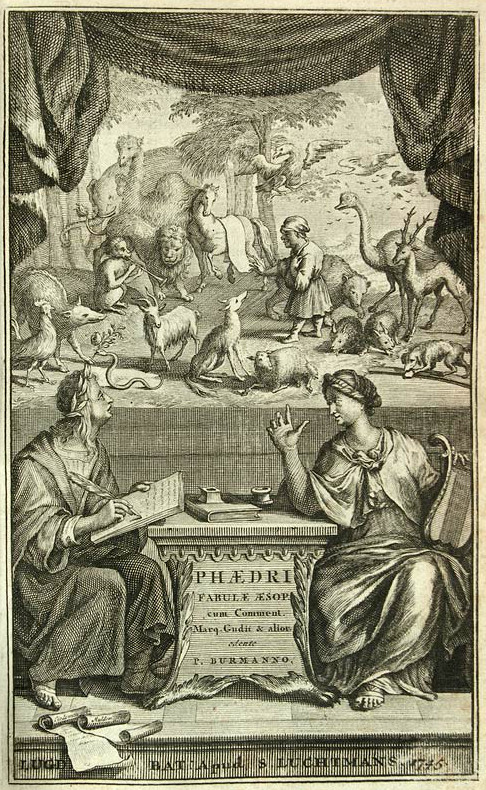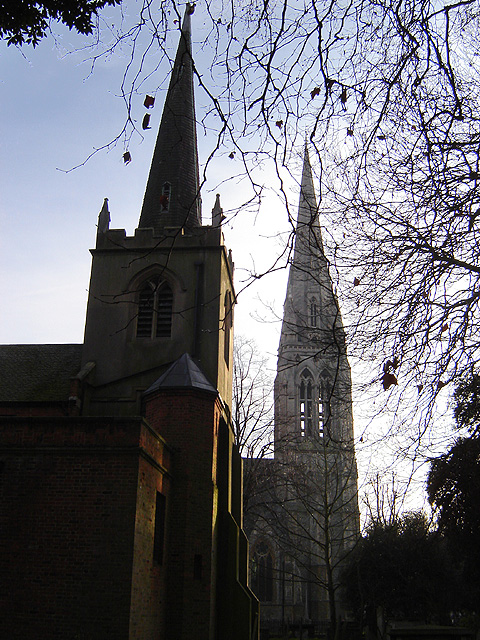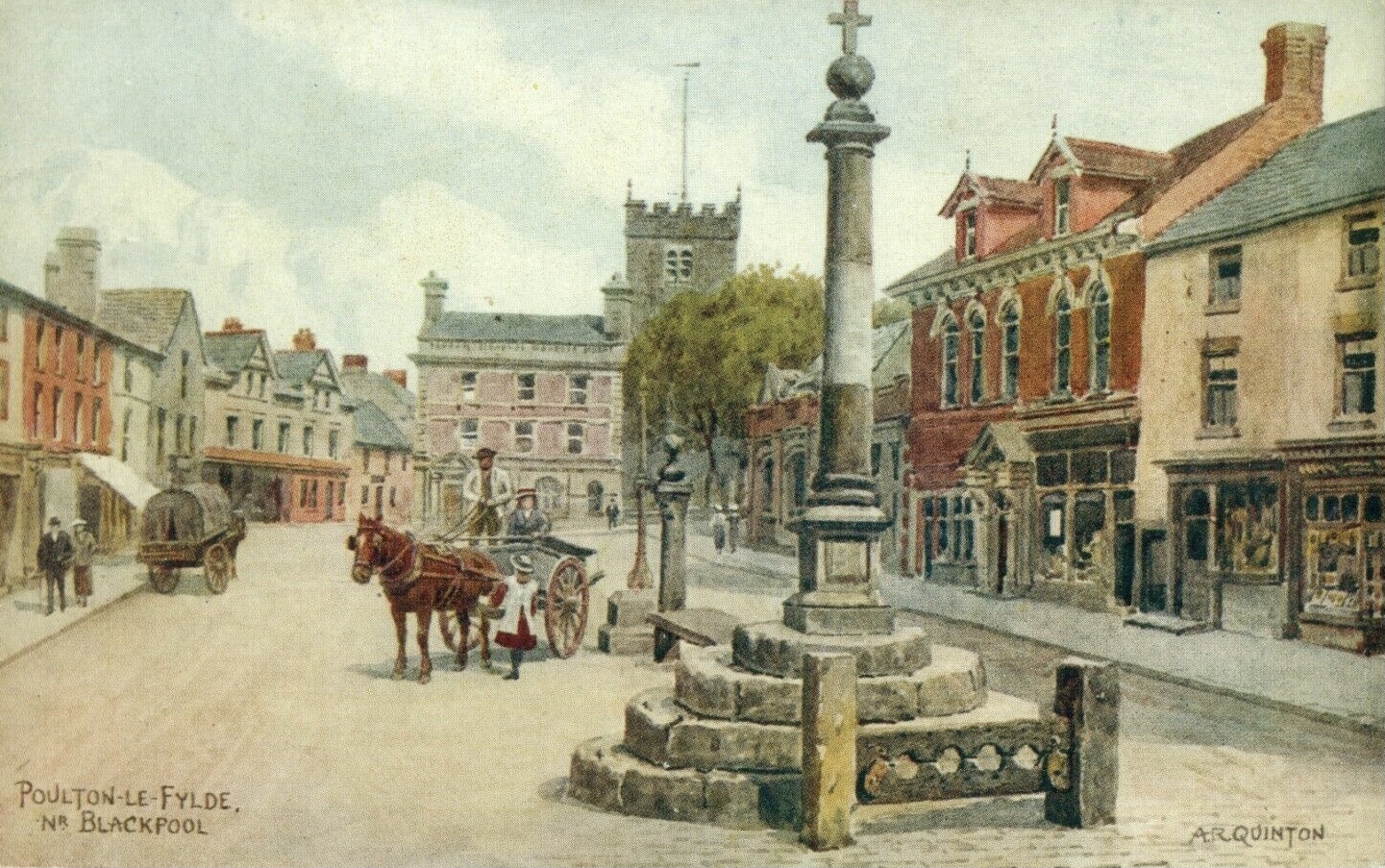|
Samuel Toller
Sir Samuel Toller (1764ŌĆō1821) was an English advocate-general of Madras and legal writer. Life He was son of Thomas Toller (1732ŌĆō1795), who succeeded his father-in-law, Samuel Lawrence, as preacher to the Presbyterian congregation in Monkwell Street, London. He was educated at Charterhouse School. Toller was admitted to Lincoln's Inn 27 March 1781, was called to the bar, and in March 1812 was appointed Advocate-General of Madras. He was subsequently knighted, and died in India on his way to Bangalore on 19 November 1821. Works Toller was the author of two legal works: * ''The Law of Executors and Administrators'', London, 1800; 7th ed. by Francis Whitmarsh, 1838; 2nd American edit. by T. F. Gordon, Philadelphia, 1824, 3rd American edit. by E. D. Ingraham, 1834. * ''Treatise of the Law of Tithes: compiled in Part from some Notes of Richard Wooddeson'', London, 1808; 3rd ed. 1822. Family In 1793 Toller married Miss Cory of Cambridge, sister of Robert Towerson Cory, by whom h ... [...More Info...] [...Related Items...] OR: [Wikipedia] [Google] [Baidu] |
Madras
Chennai (, ), formerly known as Madras ( the official name until 1996), is the capital city of Tamil Nadu, the southernmost Indian state. The largest city of the state in area and population, Chennai is located on the Coromandel Coast of the Bay of Bengal. According to the 2011 Indian census, Chennai is the sixth-most populous city in the country and forms the fourth-most populous urban agglomeration. The Greater Chennai Corporation is the civic body responsible for the city; it is the oldest city corporation of India, established in 1688ŌĆöthe second oldest in the world after London. The city of Chennai is coterminous with Chennai district, which together with the adjoining suburbs constitutes the Chennai Metropolitan Area, the List of urban areas by population, 36th-largest urban area in the world by population and one of the largest metropolitan economies of India. The traditional and de facto gateway of South India, Chennai is among the most-visited Indian cities by f ... [...More Info...] [...Related Items...] OR: [Wikipedia] [Google] [Baidu] |
Perpetual Curate
Perpetual curate was a class of resident parish priest or incumbent curate within the United Church of England and Ireland (name of the combined Anglican churches of England and Ireland from 1800 to 1871). The term is found in common use mainly during the first half of the 19th century. The legal status of perpetual curate originated as an administrative anomaly in the 16th century. Unlike ancient rectories and vicarages, perpetual curacies were supported by a cash stipend, usually maintained by an endowment fund, and had no ancient right to income from tithe or glebe. In the 19th century, when large numbers of new churches and parochial units were needed in England and Wales politically and administratively, it proved much more acceptable to elevate former chapelries to parish status, or create ecclesiastical districts with new churches within ancient parishes, than to divide existing vicarages and rectories. Under the legislation introduced to facilitate this, the parish priest ... [...More Info...] [...Related Items...] OR: [Wikipedia] [Google] [Baidu] |
Winslow, Buckinghamshire
Winslow is a market town and Civil parishes in England, civil parish designated as a town council in the north of the Unitary Authority of Buckinghamshire, England. It has a population of just over 4,400. It is located approximately south-east of Buckingham, and south-west of Bletchley (Milton Keynes). History Winslow was first recorded in a royal charter of 792ŌĆō793 in which it was granted by Offa of Mercia to St Albans Abbey as ''Wineshauue'', which means ''Wine's Burial Mound'' The Domesday Book of 1086 records it as ''Weneslai''. A late Celtic copper torc has been found here, and also a silver drinking-cup of late Roman design. The 1841 census reveals the population that year was 1,333. Notable buildings Winslow Hall sits on the main road leading into the town from Aylesbury. It was built possibly from the designs of Sir Christopher Wren by William Lowndes, secretary to the Treasury. His name and the date 1700 can be seen on the frieze over the door. The Church of Eng ... [...More Info...] [...Related Items...] OR: [Wikipedia] [Google] [Baidu] |
St Andrew's Church, Bordesley
St Andrew's Church, Bordesley was a parish church in the Church of England in Birmingham. History The foundation stone was laid on 23 July 1844 by Henry Pepys, the Bishop of Worcester. The church was built to designs of the architect Richard Cromwell Carpenter with funds from the Birmingham Church Building Society. It was consecrated by Pepys on 30 September 1846. Its decorated gothic style and layout was admired by contemporary ecclesiologists for the correctness of its plan. It was the last church constructed by the Birmingham Church Building Society. Out of this parish St Oswald's Church, Small Heath was formed. A storm in 1894 damaged the spire. The vicar was in dispute with the churchwardens, and the repairs were not completed until after the vicar, Robert Foster Burrow, left in 1900. The spire was restored in 1901. The church was demolished in 1985, having given its name to the adjacent St Andrew's Road and St Andrew's Street, and to the nearby St Andrew's football g ... [...More Info...] [...Related Items...] OR: [Wikipedia] [Google] [Baidu] |
Phaedrus (fabulist)
Gaius Julius Phaedrus (; grc-gre, ╬”╬▒ß┐¢╬┤Žü╬┐Žé; Pha├«dros) was a 1st-century CE Roman Empire, Roman fabulist and the first versifier of a collection of Aesop's fables into Latin. Few facts are known about him for certain and there was little mention of his work during late antiquity. It was not until the discovery of a few imperfect manuscripts during and following the Renaissance that his importance emerged, both as an author and in the transmission of the fables. Biography A recent statement of the few facts that past scholars have tried to deduce from autobiographical hints given by Phaedrus in his poems has summarised them as follows: He was born in Macedonia, probably in Pydna, about 15 BCE, came to Rome as a slave and was freed by Augustus. He probably had some teaching function between then and the time of Tiberius, under whom the first book of his poems appeared. Envious competitors interpreted the morals of some fables as being critical of the regime and he was trie ... [...More Info...] [...Related Items...] OR: [Wikipedia] [Google] [Baidu] |
Stone, Staffordshire
Stone is a canal town and civil parish in Staffordshire, England, north of Stafford, south of Stoke-on-Trent and north of Rugeley. It was an urban district council and a rural district council before becoming part of the Stafford (borough), Borough of Stafford in 1974. Population Stone is a growing town, according to the national census. Stone recorded a population of 12,305 in 1991, 14,555 in 2001, and 16,385 in 2011. Etymology The place-name's meaning is exactly what is stated, a "stone, rock (geology), rock", from the Old English language, Old English ''wikt:stan#Old English, st─ün'' (stone). The local story is that the town was named after the pile of stones taken from the River Trent raised on the graves of the two princes, Ruffin and Wulfad, killed in AD 665 by their father, King Wulfhere of Mercia, because of their conversion to Christianity. However, this legend is unlikely to be true. Wulfhere was already a Christian when he became king, and the story on which ... [...More Info...] [...Related Items...] OR: [Wikipedia] [Google] [Baidu] |
Ballingdon
Ballingdon is a suburb of the town of Sudbury in Suffolk, England. Once a separate village in the county of Essex, today it is part of Sudbury civil parish though it was formerly a separate parish. It is the only part of the town to the south of the River Stour. In 1951 the parish had a population of 458. The village developed on the important ancient highway from Braintree and Halstead in Essex to Sudbury and Bury St Edmunds. It grew adjacent to a bridge (today known as Ballingdon Bridge) over the River Stour. It dates back to at least the 13th century. It remains the only crossing of the river for several miles in each direction. Ballingdon and Brundon (which formed the township of Ballingdon-cum-Brundon, then in Essex) were added to the borough of Sudbury (and the county of Suffolk) in 1888 as part of the Local Government Act. Around that time it had a population of 831. In 1972 the owners of Ballingdon Hall, responding to a housing development on adjacent land, had it moved h ... [...More Info...] [...Related Items...] OR: [Wikipedia] [Google] [Baidu] |
Cavendish, Suffolk
Cavendish is a village and civil parishes in England, civil parish in the River Stour, Suffolk, Stour Valley in Suffolk, England. History It is believed that Cavendish is called so because a man called Cafa once owned an ''eddish'' (pasture for aftermath) here. Over time, 'Cafan Eddish' became 'Cavendish'. It was home to John Cavendish, Sir John Cavendish, the ancestor of the Dukes of Devonshire, who was involved in suppressing the Peasants' Revolt. Wat Tyler, the peasants' leader, was arrested by William Walworth, the Mayor of London, for threatening King Richard II in 1381. As Tyler fought back, Cavendish's son, also called John, who was responsible for escorting the King, ran Tyler through with his sword, killing him. As a result, John Cavendish tried to flee from the pursuing peasants, and he hung on to the handle of the door of St Mary the Virgin's Church, Cavendish, St Mary's Church to plead sanctuary. A few days later, on 15 June 1381, the elder John Cavendish was seize ... [...More Info...] [...Related Items...] OR: [Wikipedia] [Google] [Baidu] |
St Mary, Stoke Newington
St Mary, Stoke Newington is a parish church in Stoke Newington, London Borough of Hackney. Designed in the Gothic Revival version of the Decorated style by George Gilbert Scott and completed in 1858, it replaced a medieval and 1 6th century church, now an arts venue, and serves what remains of the ancient parish of Stoke Newington after other parishes were split from it in 1849, 1873, 1883 and 1892. The design was loosely based on that of Salisbury Cathedral. It is Grade II* listed. The first vicar was Thomas Jackson, who, as a young rector, was attracting congregations from all over London by his reputation as a preacher. The church's steeple, however, was not completed until 1890, by Scott's son John Oldrid Scott, which led to a humorous rhyme being composed: A restoration of St Mary's was undertaken under Nugent Cachemaille-Day Nugent Francis Cachemaille-Day (1896ŌĆō1976), often referred to as NF Cachemaille-Day, was an English architect who designed some of the mos ... [...More Info...] [...Related Items...] OR: [Wikipedia] [Google] [Baidu] |
Thornton-le-Fylde
Poulton-le-Fylde (), commonly shortened to Poulton, is a market town in Lancashire, England, situated on the coastal plain called the Fylde. In the 2001 United Kingdom census, it had a population of 18,264. There is evidence of human habitation in the area from 12,000 years ago and several archaeological finds from Roman settlement in England have been found in the area. At the time of the Norman conquest, Poulton was a small agricultural settlement in the hundred of Amounderness. The church of St Chad was recorded in 1094 when it was endowed to Lancaster Priory. By the post-Medieval period the town had become an important commercial centre for the region with weekly and triannual markets. Goods were imported and exported through two harbours on the River Wyre. In 1837, the town was described as the "metropolis of the Fylde", but its commercial importance waned from the mid-19th century with the development of the nearby coastal towns of Fleetwood and Blackpool. Poulton has ... [...More Info...] [...Related Items...] OR: [Wikipedia] [Google] [Baidu] |
St Laurence's Church, Morland
St Lawrence's Church is in the village of Morland, Cumbria, England. It is an active Anglican parish church in the deanery of Appleby, the archdeaconry of Carlisle, and the diocese of Carlisle. The parish of Morland includes the historic parish of Thrimby, with its church of St Mary, Little Strickland. The benefice of Morland is united, under the name North Westmorland, with the parishes of Askham and Lowther, Bampton, Bolton, Cliburn, Clifton and Brougham, Crosby Ravensworth, Shap and Great Strickland. The church is recorded in the National Heritage List for England as a designated Grade I listed building. It has the only Anglo-Saxon tower in Cumbria. History The precise date of the tower is uncertain, but it has been dated to between 1041 and 1055. It was raised in height in 1588, and the small spire was added later. The nave dates from the 12th century, and includes some Norman features. The aisles were added later in that century, followed by the chancel a ... [...More Info...] [...Related Items...] OR: [Wikipedia] [Google] [Baidu] |
Crosscrake
Crosscrake is a village in Cumbria, just off the M6 Junction 36 in North West of England. It is located just South of Kendal on the A6, between the villages/hamlets Stainton, Sedgwick and Barrows Green. About Crosscrake is a parish in the Kendal ward. Formerly, it was part of Heversham Parish. It is a small, rural village with a school (Crosscrake C of E School) and a church, St. Thomas', Crosscrake. Church St. Thomas' Church was built by Paley and Austin in 1875 of square slate blocks. It was built in the style of the 12th century to 13th century. It has a nave, a chancel and transepts. It also has two stained glass windows, with the eastern facing one being made by Clayton and Bell Clayton and Bell was one of the most prolific and proficient British workshops of stained-glass windows during the latter half of the 19th century and early 20th century. The partners were John Richard Clayton (1827ŌĆō1913) and Alfred Bell (1832Ō .... References * http://www.visitcumbria.c ... [...More Info...] [...Related Items...] OR: [Wikipedia] [Google] [Baidu] |

